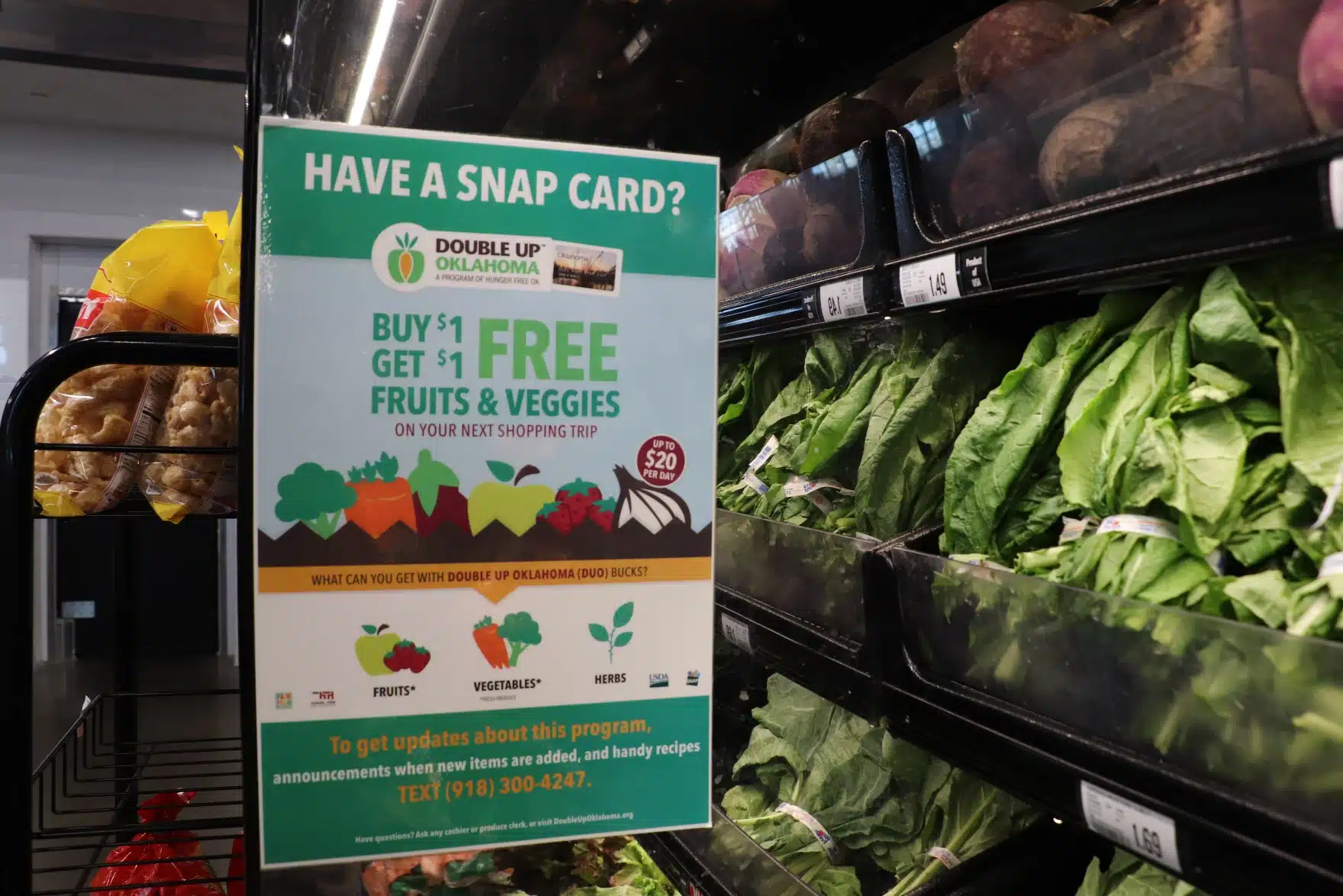The Debate Over Junk Food Restrictions in SNAP: A Complicated Landscape
The conversation surrounding the Supplemental Nutrition Assistance Program (SNAP) has sparked heated debate across the country, with many advocating for limitations on junk food purchases made with SNAP benefits. But as experts point out, the issue is far more complex than it appears at first glance.
Understanding SNAP: A Wide Range of Choices
For many SNAP recipients, shopping at the grocery store presents a unique opportunity to nourish themselves and their families. Outside of a few exceptions such as alcohol, hot prepared foods, and tobacco, SNAP users can purchase almost any grocery item. Richard Comeau, Chief Program Officer at Hunger Free Oklahoma, emphasizes that "a SNAP shopper can shop pretty much anywhere in the grocery store."
However, the wind of change is blowing. With the Trump administration in power, calls to restrict junk food purchases under SNAP are becoming increasingly prominent. Health and Human Services Director Robert F. Kennedy Jr. is urging for state-level changes that would allow limitations on certain food items as part of his "Make America Healthy Again" initiative.
Legislative Push: State and Federal Bills
As of this year, 18 states have introduced legislation to exempt junk food from SNAP benefits. This includes the Healthy SNAP Act, a bill reintroduced by Rep. Josh Brecheen (R-Oklahoma), which seeks to ban items such as soft drinks, candy, and desserts from being purchased with SNAP funds. Brecheen states, "If someone wants to buy junk food on their own dime, that’s up to them. But we’re saying is, don’t ask the taxpayer to pay for it and then also expect the taxpayer to pick up the tab for the resulting health consequences."
But is it fair to blame SNAP recipients for poor dietary choices? Many experts argue that there is little evidence suggesting those who rely on SNAP are unhealthier than the general population. Comeau points out the difficulty in distinguishing "junk food" from items that may seem unhealthy but have beneficial effects, like Honey Nut Cheerios, which are known for their positive impact on heart health.

The Complex Reality of Food Access
The USDA oversees the SNAP program, which currently provides assistance to an average of 42.1 million people each month, representing a significant portion of national nutrition assistance spending. Attempts to limit SNAP purchases have historically faced staunch opposition. A 2007 USDA report found that establishing standards for "good" versus "bad" food was problematic, asserting that such restrictions might complicate the program and could ultimately backfire.
States wishing to implement restrictions must seek special waivers from the USDA, which has consistently denied such requests according to the National Agricultural Law Center. Yet lawmakers in several states are pressing forward with their initiatives, aiming to reshape how food assistance is approached.
The Perspective of Lawmakers
Missouri state Rep. Jaimie Gragg is among those advocating for change, initiating legislation designed to exclude candy and soft drinks from SNAP. Having personally benefited from SNAP, Gragg asserts, "The program is meant to supplement, not fully cover," encouraging recipients to use their resources wisely while ensuring access to nutritious options.
For and Against: Finding Common Ground
Despite the push to restrict food choices, many advocates worry that these changes could hurt the very individuals they aim to protect. Gina Plata-Nino, deputy director at the Food Research and Action Center, highlights the challenges faced by SNAP recipients trying to navigate their food options in an increasingly complicated environment. With thousands of products on the market, determining which foods qualify can become a bureaucratic nightmare.
SNAP Participants: More Alike than Different
Research shows that SNAP participants’ purchasing habits are not significantly different from those of the general populous. Parke Wilde, a food economist at Tufts University, states, "SNAP participants, by and large, buy and consume food much like people at other income levels do." This raises significant questions about the effectiveness of placing additional restrictions on such a program.
The Risk of Stigmatization
Some experts are concerned that new regulations could not only stigmatize SNAP users but also further complicate the program’s administration. Professor Craig Gunderson from Baylor University argues that such restrictions could result in increased food insecurity and a loss of dignity for vulnerable individuals.
The Way Forward: Encouraging Nutritional Choices
Instead of restrictions, experts suggest alternative approaches that focus on incentive programs to encourage healthier eating habits. Gunderson believes that maintaining the dignity and autonomy of SNAP participants should be a priority, noting that "Incentives that encourage individuals to consume more nutritious foods are far more effective than restrictions."
In conclusion, while the debate over restricting junk food purchases within SNAP continues to evolve, it’s clear that this issue resonates far beyond the aisles of grocery stores. It touches on principles of dignity, health, and access to food, warranting thoughtful consideration from both lawmakers and society at large.
This article was brought to you in collaboration with Harvest Public Media, dedicated to reporting on food systems and agriculture in the Midwest.






